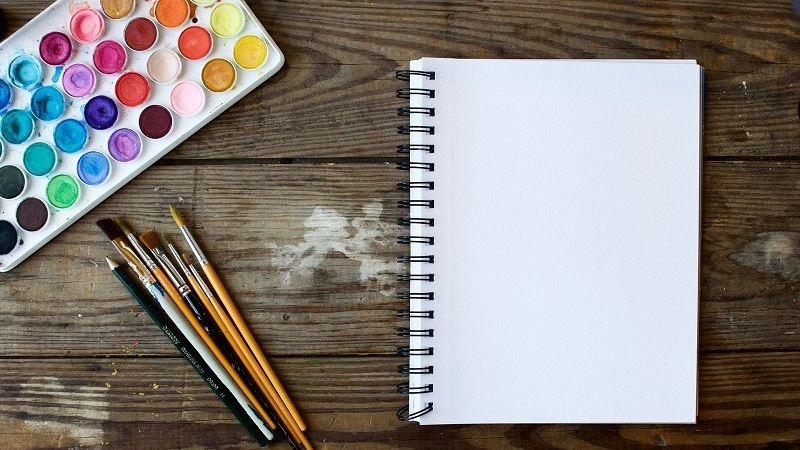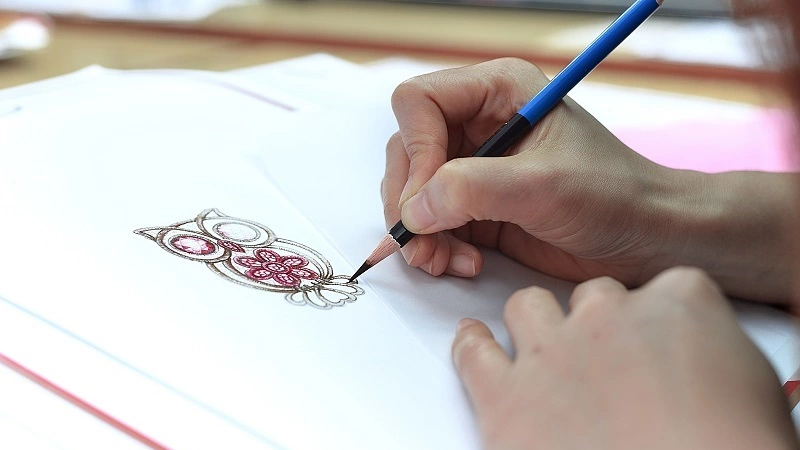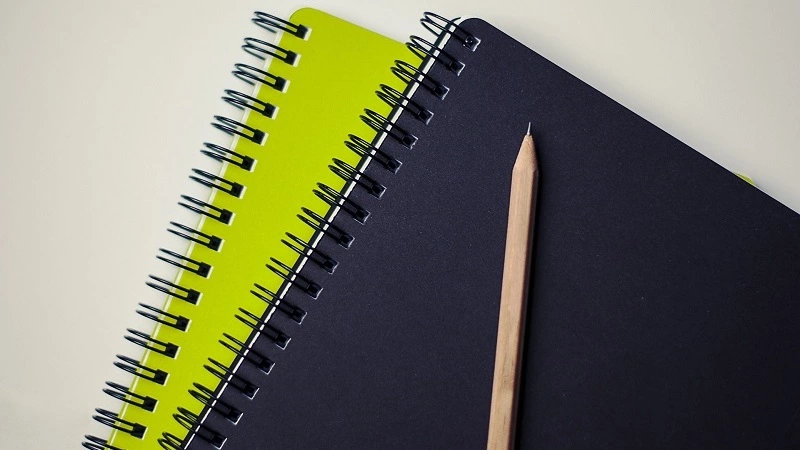
How to Make an Art Portfolio
An art portfolio is a document that contains selections of your previous works and creative projects. If you’re applying to a course, university, or a job, it’s a great tool to show your work and style to the audience. A portfolio is made in weeks, months, or even years and usually it contains the best of your artworks. There’s no good or bad solution when creating your own portfolio, but there are a few key points you should consider and follow when building your reference book. In this article, we’ve collected the best tricks and tips you can count on when starting your portfolio. Let’s start and learn about what makes a portfolio good and unique and appealing to the viewers.
Decide on the length and size
You should start by deciding on the length and size of your portfolio. If you’re applying to a university, it’s wise to check their webpage or ask for the requirements as many schools prefer A3 sizes. But if you’re making a portfolio for yourself or to present your creativity to get a job, you can use whatever size you prefer. However, try not to go below A4 as your works will be shown too small. But you can use a square shape in almost any size if that’s what you prefer.
The ideal length is from 10-20 pages, so make sure to follow that when building your personal art book. So it’s not too short, neither too long. Just convenient to look through and showcase your projects to the viewers.
Include finished and unfinished pieces
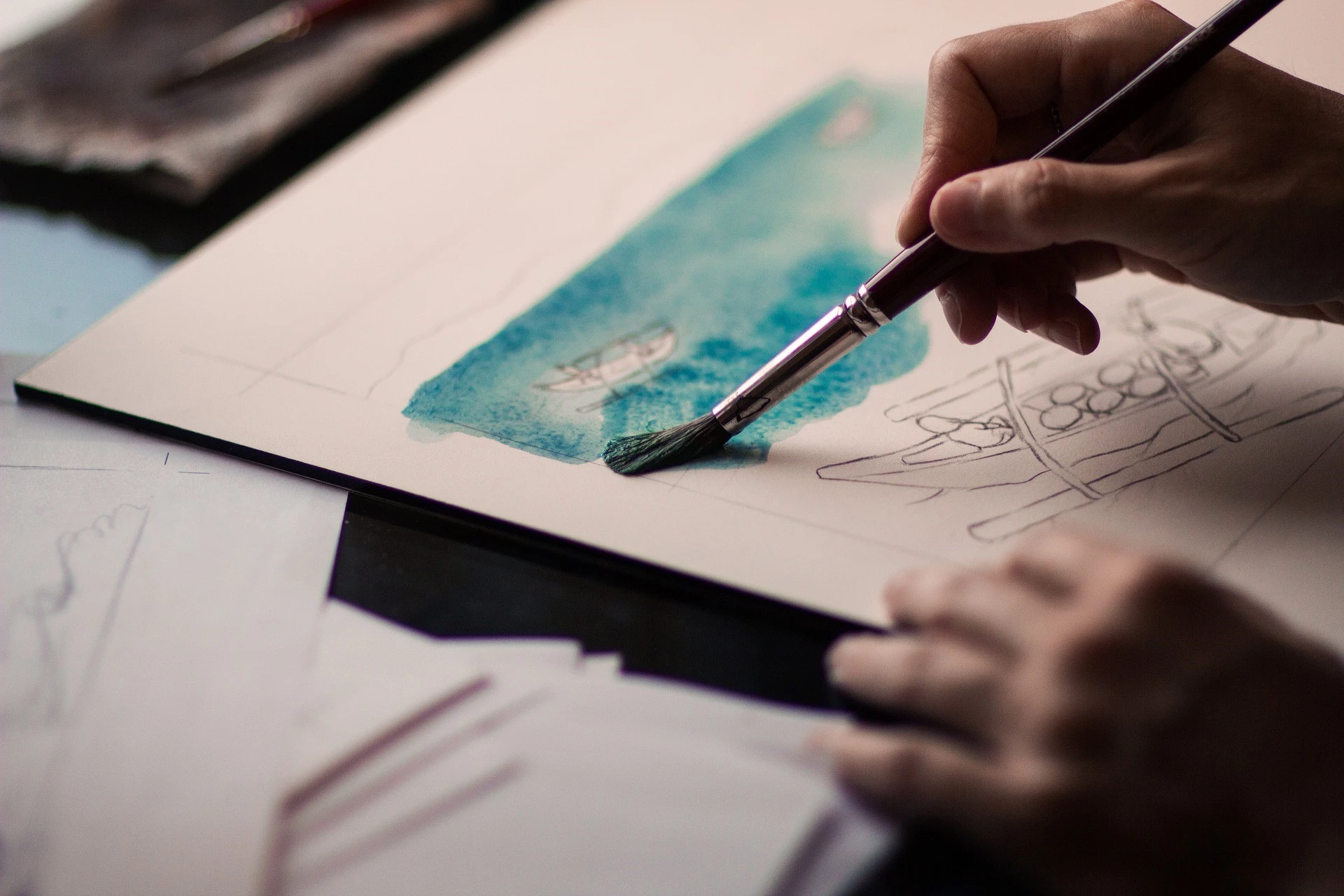
A great portfolio shows not only the best works that are fully completed. It’s a good opportunity to feature some of your unfinished artworks too that has some great potential. Sometimes you get good details that can be discovered when work is half-finished only. But it’s essential that you have a reason including those works. So look for nice details, unique colors, or whatever makes that work special and show that.
Make it consistent
Your portfolio is one book. Even though you feature totally different works on each page, it has to be part of the overall concept. So think about consistency when building your portfolio. Use the same color and font types, give numbers to the pages, and make a table of content. That way it’s easier for the viewer to look through and for you to reference your works.
Highlight the best works
Choose your best works: those you’re extremely happy with and present you as an artist the most precisely. Use those artworks to give a frame to your portfolio. Feature it on the first page, put one in the middle, and finish your portfolio with them. In that way, you’ll give a strong base to the whole book and use the gaps the feature interesting, but not only perfect works in between. On the other hand, when someone starts to look over your art book, he will see a very good piece at the beginning. It gives a great start and makes a positive first impact on you.
Ask people to look over your work
Ask as many people as you can to look over your work before selecting them for your portfolio. Don’t tell them to choose what to include, as it’s a very personal decision. But ask them to make notes on your works. What kind of feelings do they get? What do they like the most about it? Why is it special for them? Collect as many notes as you can and just write them down. Try to find a pattern between their words. You can use those to make decisions about what and how to include it in your portfolio.
Find a mentor
Having an expert who helps you when building your portfolio is an exceptional advantage. He can give you advice, look through your concept, and give feedback from a professional perspective. A mentor is either a teacher or someone who is already in the field you wish to work in. It’s your responsibility to kindly ask him to mentor you while building your art book, so prepare with a nice speech in advance.
Take inspiration from others’ artworks
Looking at other artists’ work is great to get some inspiration. It’s never about copying, but you can use those to understand concepts and find patterns you can use when building your own art book. Use the internet, talk with your classmates or friends, and try to connect with artists online to get a closer look at other portfolios.
Keep it simple
Keep your portfolio simple and visually clean. Of course, you can use colorful works and complex pages, but build it in a way that it’s not too much for the eyes. If it’s too messy, it’s really hard for the eyes to perceive the meanings behind it. Feature works only on every second page and leave at least 40% white space on each of your paper.
Show who you are as an artist
Your art portfolio is your identity card in the art world. It shows who you are as an artist, what is your style, and what makes you unique. Have that in mind when selecting works for your book and make sure to feature the ones that really tell a story about you.
Take good photos
Not all your original works can fit into your portfolio. In these cases, you can easily fill the gap and still show your amazing works by taking good photos and showing them in a printed version. For that, you’ll need a good camera or a phone and a good spot where your work gets the main highlight and very good lights. Lightning is important because it shows the right colors and shades even in photos. If you have someone in your family or friends who has good photography skills, ask them to help you out.
Practice presenting your work
Your portfolio is a very good visual tool to showcase your works and projects. But if you’re making it for any kind of application, you’ll need to know what and how to say about each page. So start preparing for that at home, and practice how you present your portfolio. What is unique in it? What techniques did you use? What was your inspiration? Why did you choose these specific works? What would you do differently this time? Think about these to make your presentation personal and unique.
Consider the feedback you get
Make sessions with your family and friends and show your works and portfolio for them. It’s essential to show it to outsiders to get some feedback you can build on. It doesn't mean you have to change things according to their preferences, but if more people note the same thing, you should consider thinking more about that part as it might be the same for the viewers you’re actually making it for.
Update it on a regular basis
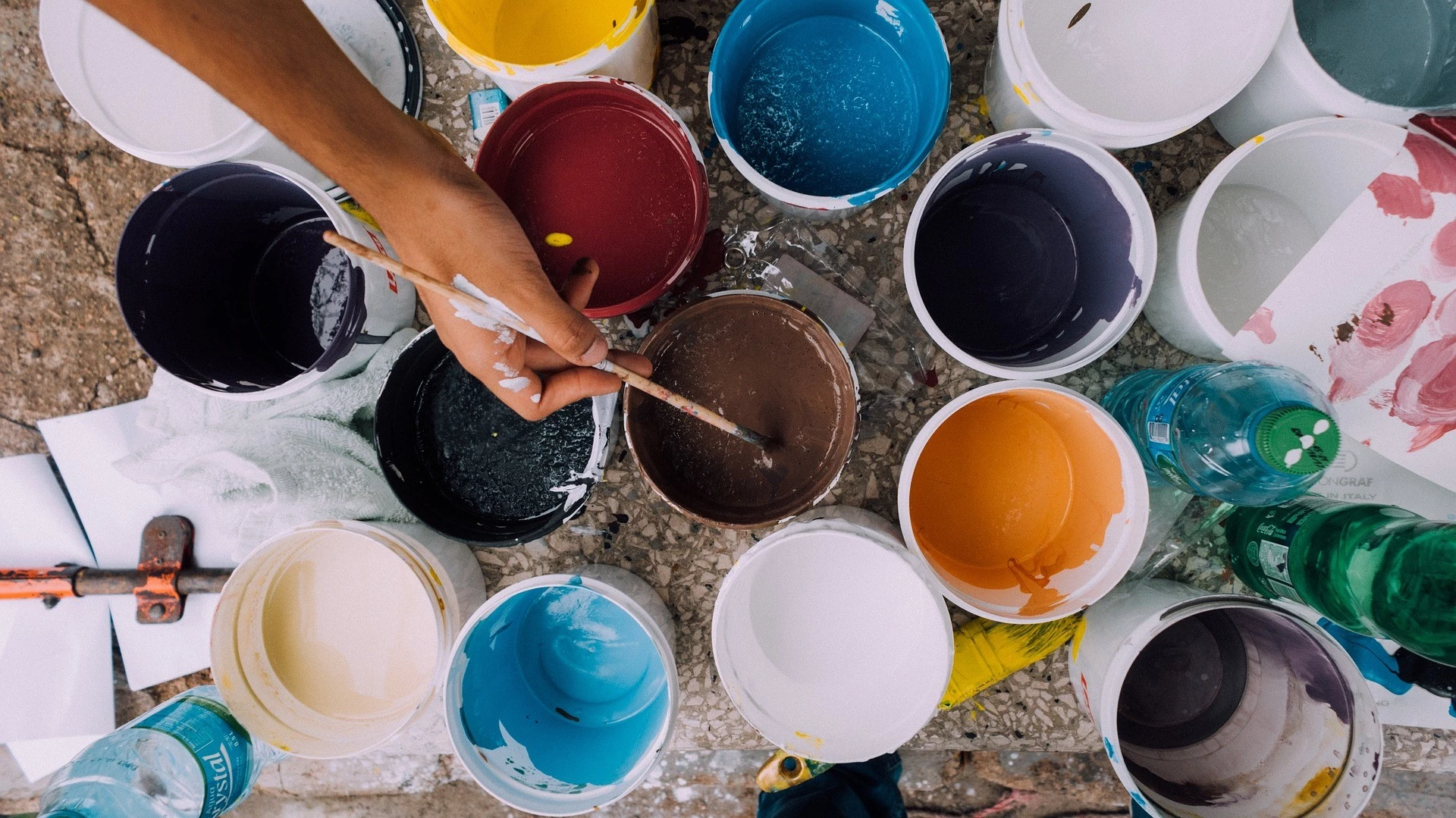
Portfolios have a very long lifetime - you can use one for years. In order to make it consistent and up to date, spend time updating it on a regular basis. Remove artworks that do not present your current style and level anymore and attach new files in order to make it appealing and fresh.
Go online
Paper-based portfolios are great and very authentic, as textures, real colors and every other important detail is shown to the viewers. But you do not always have the chance to go to personal meetings and showcase your work in life. So having an online portfolio as a backup version is excellent. Think about it as an extended version - you can show much more and still highlight the best of your works. It’s an instant option for anyone to get a better idea of who you are as an artist and you can reach many more people.
Start a Social Media page
Featuring your artworks on social media gives you the possibility to reach like-minded people, connect with your audience, and even get professional feedback. It’s a wonderful opportunity to grow your audience and connect with the right people. Pinterest, Tumblr, and Instagram are all great - check out our previous article on how to start an art Instagram page.
Make a website
A personal website dedicated to your works is a professional way to showcase your artworks. You can use it to design according to your style and use it as a customized way to present your works. Just make sure it’s user-friendly and gives enough information about you and your artworks to the visitors. When sending over an URL to an application, you don’t have the possibility to talk about your work in person. So you have to do that online, through your webpage.
Be proud of your work
Be proud when presenting your portfolio! It’s your personal product that is inimitable. It’s totally normal to feel shy, especially at the beginning. But always remember: we can improve ourselves every single day. There are no limits, so be proud and believe in yourself when showcasing your artworks.
